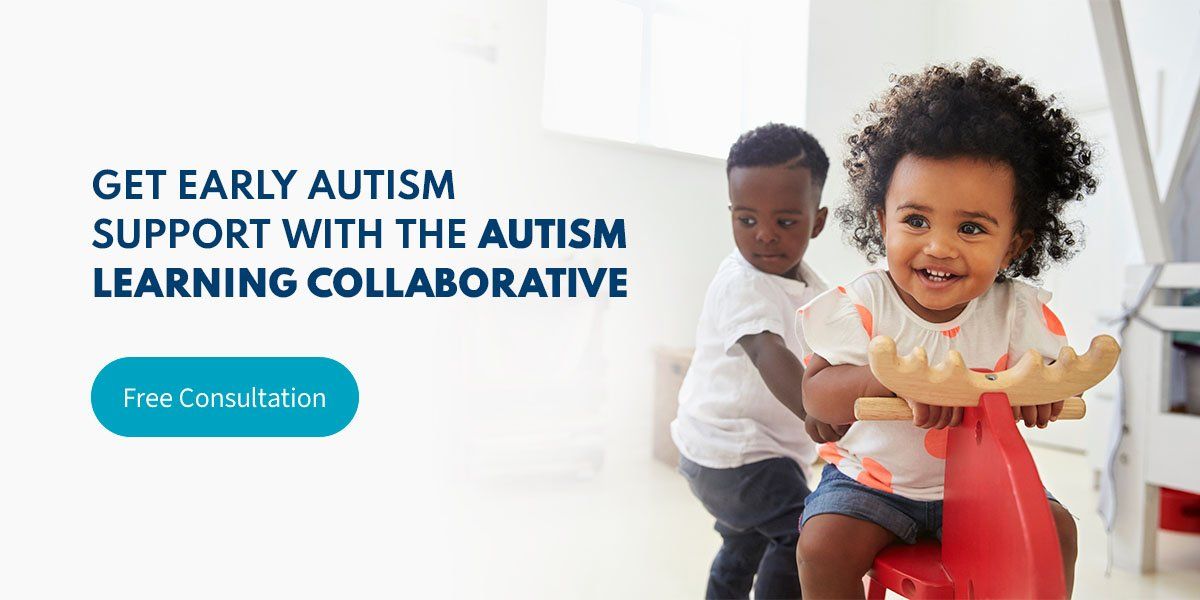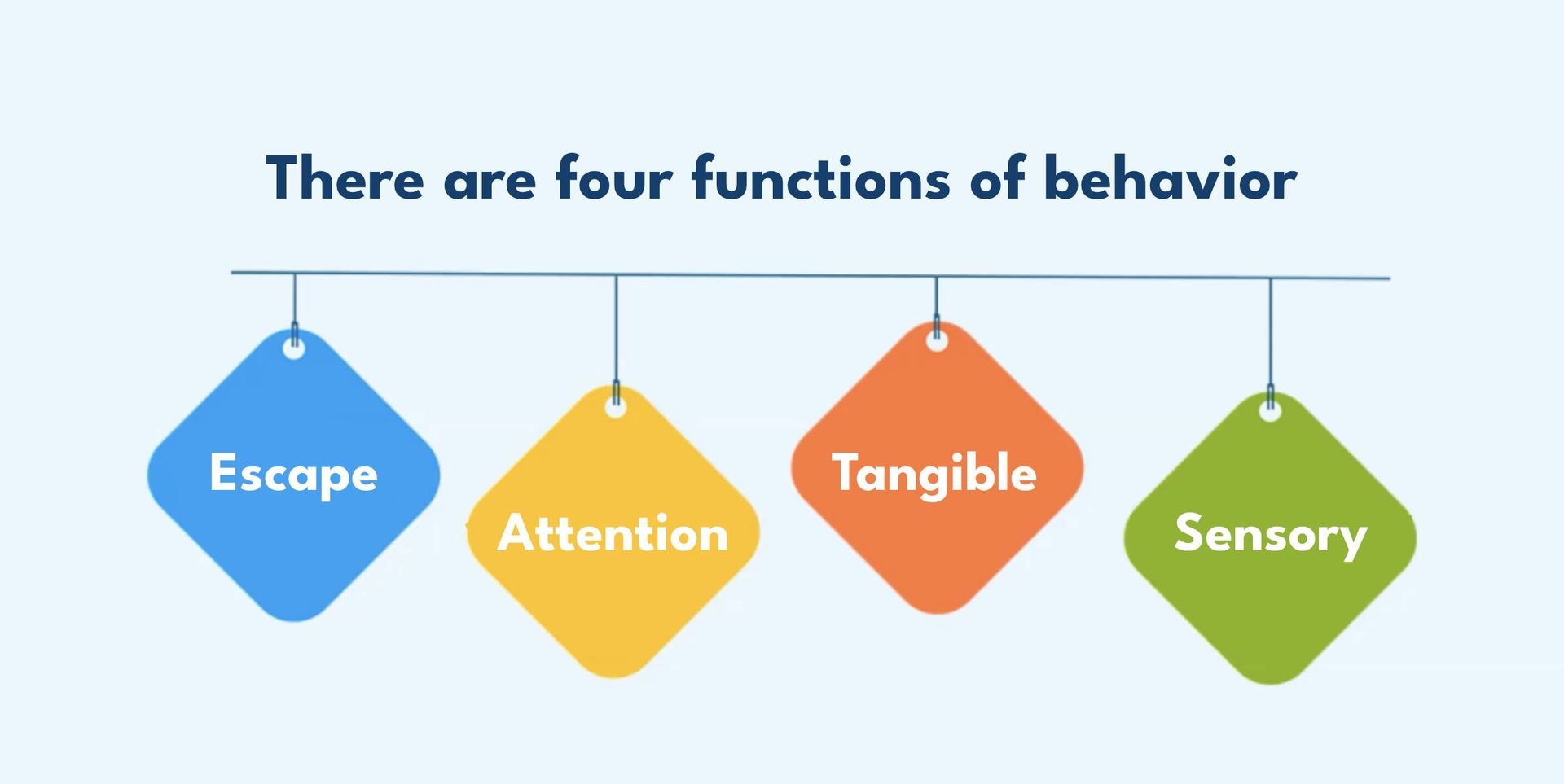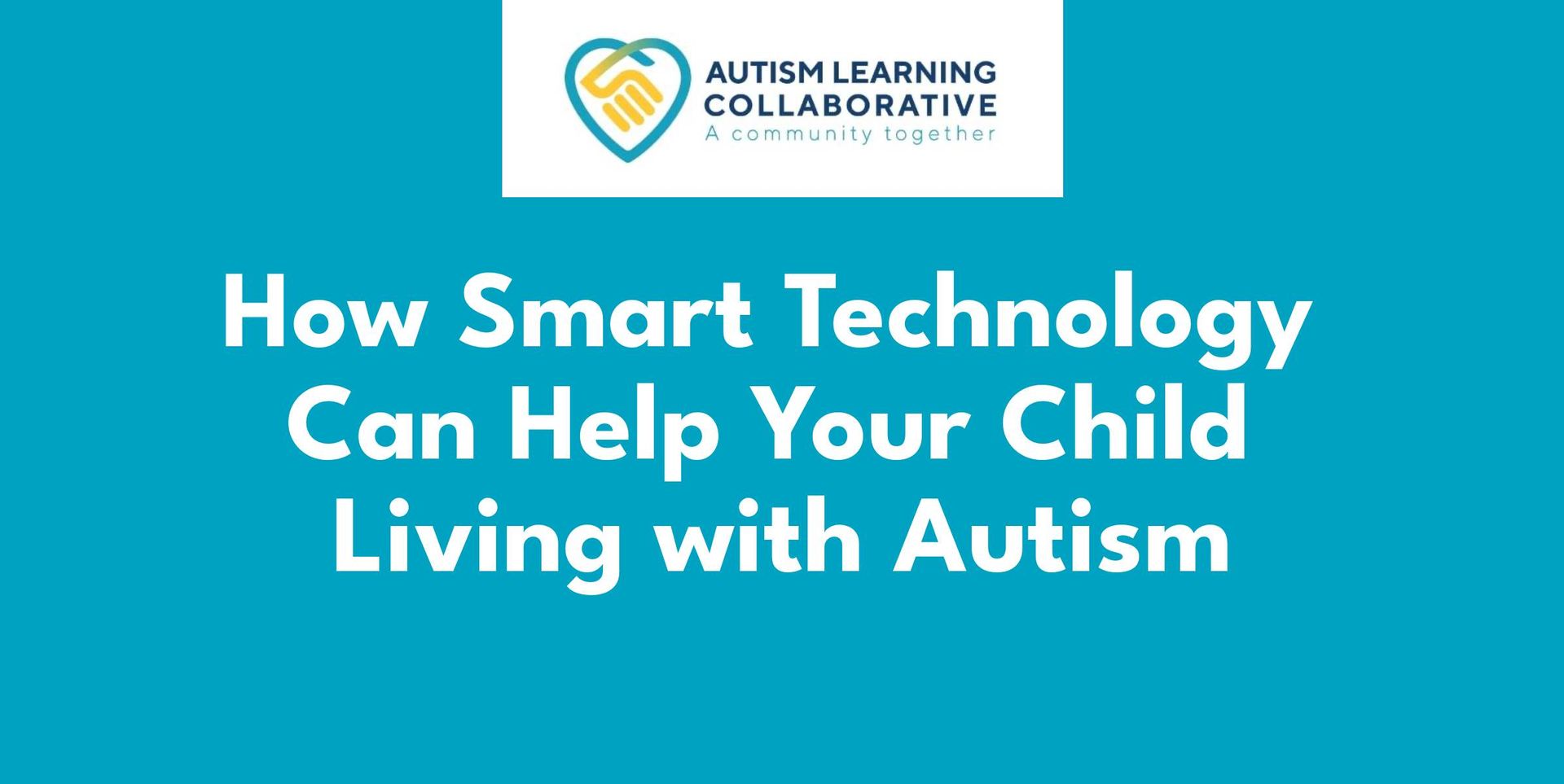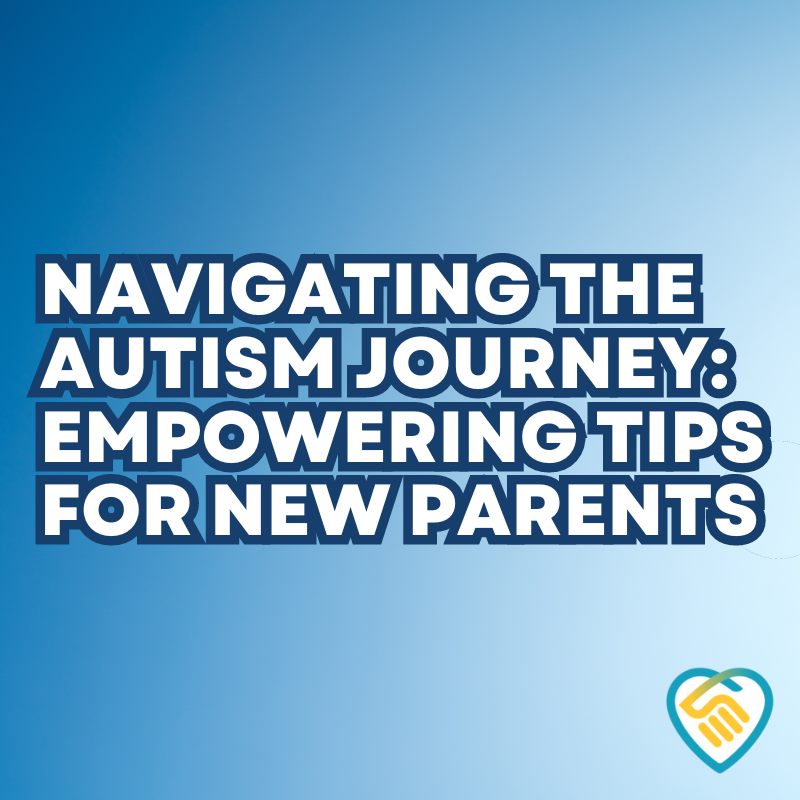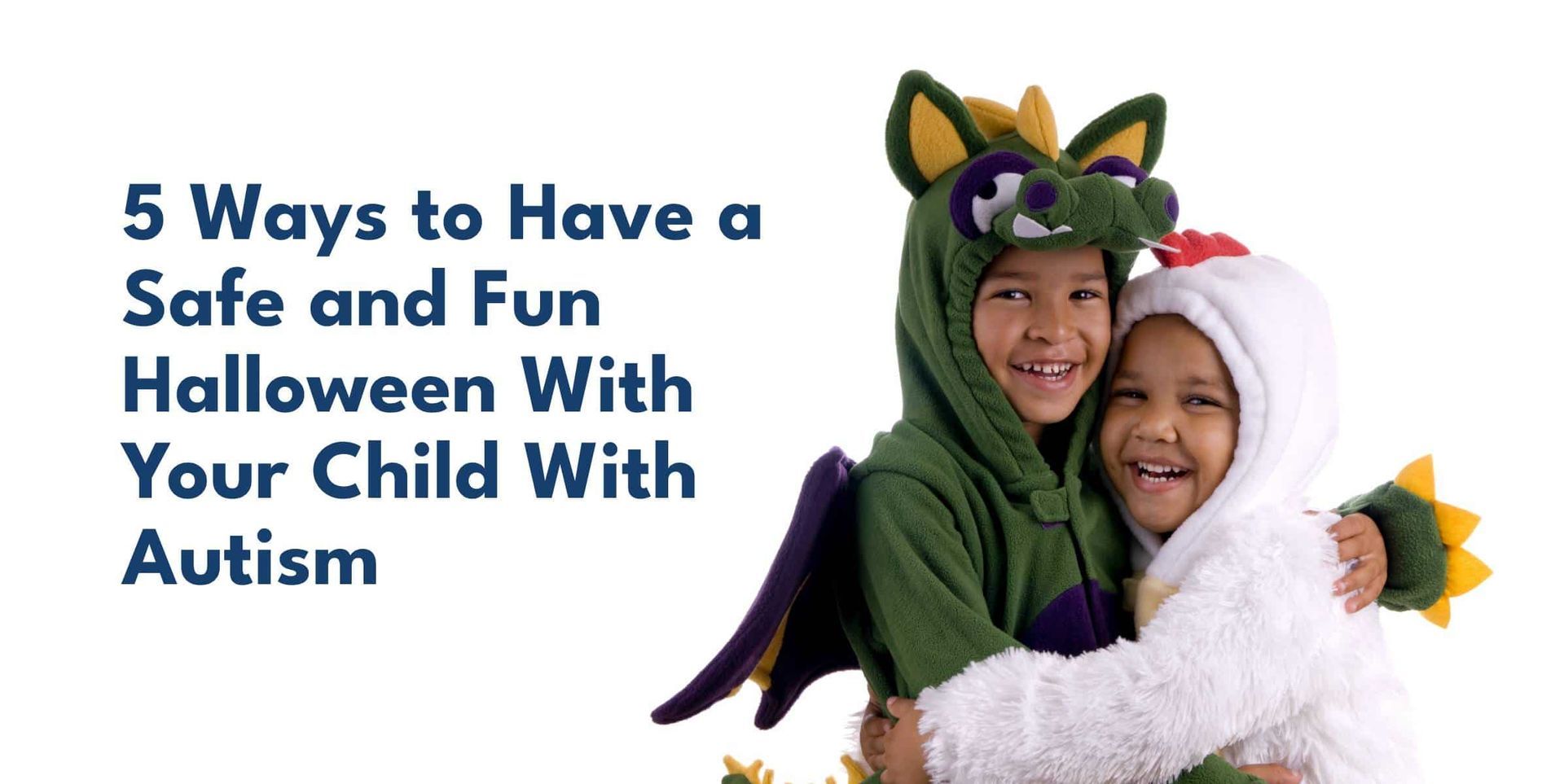Early Signs of Autism in Children Explained
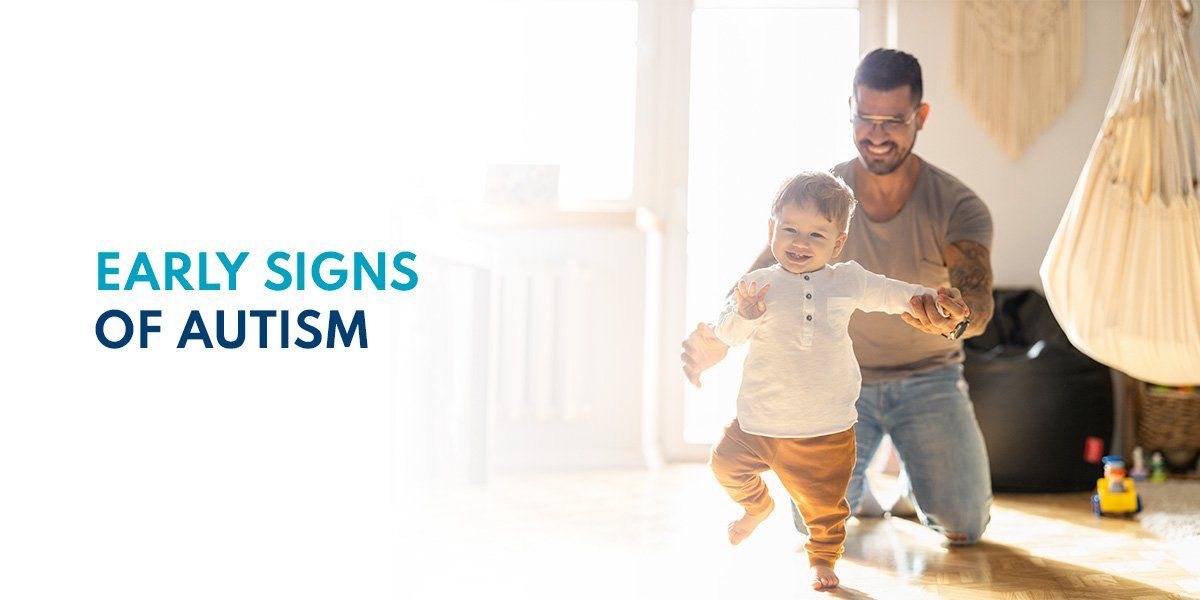
What Is Autism Spectrum Disorder?
ASD is a developmental disability that affects an estimated 1 in 44 children across all ethnic, racial and socioeconomic groups. People with ASD may learn, act, communicate and behave differently than most people. The abilities of people with autism will vary — some people with ASD will need lifelong support and care, while others may be more independent and need little assistance.
There is no known cause of autism currently. Some genetic factors may contribute to an increased risk of ASD, but experts believe multiple causes contribute to changes in development. People with autism may have difficulty forming social connections or maintaining stability in school and jobs — professional treatments can help improve their quality of life. Working with specialized treatment can help people with ASD learn the skills and tools they need to navigate their lives going forward, and by recognizing the early signs of autism in children, this specialized treatment can be delivered earlier.
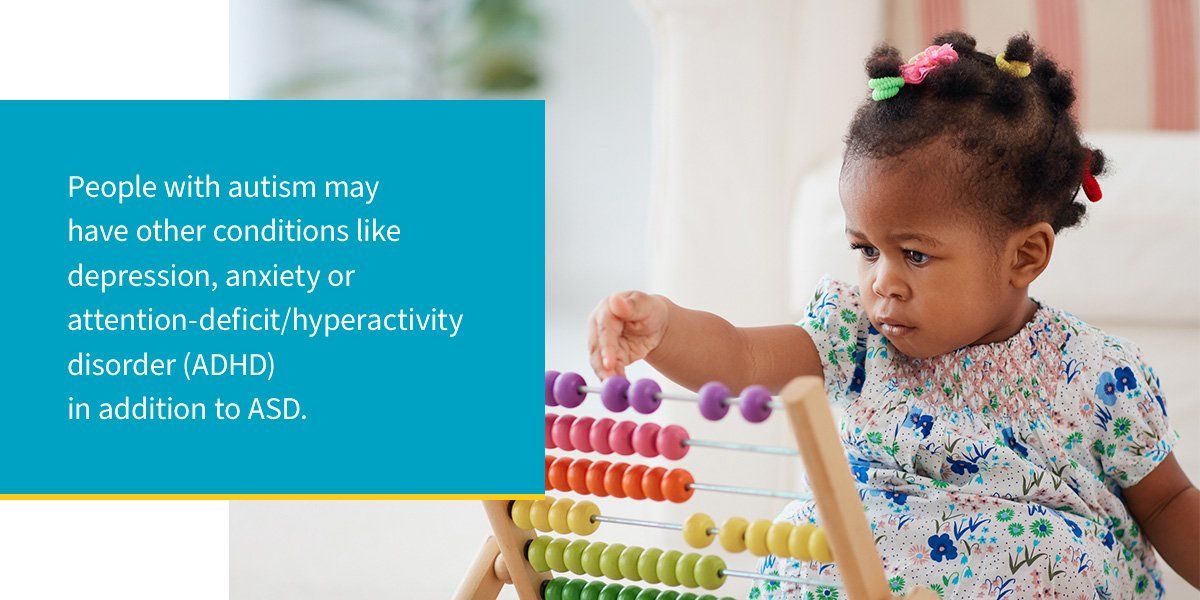
People with autism often have difficulties with social skills, communication and learning and may have other conditions like depression, anxiety or attention-deficit/hyperactivity disorder (ADHD) in addition to ASD. These difficulties can make the lives of children and adults with ASD more challenging, so recognizing ASD early and providing them with proper support systems can significantly improve their development and independence.
Risk Factors
While family history does not guarantee your child has ASD, several risk factors can increase your child's chances of having it. Understanding potential risk factors can help you prepare for supporting a child with autism. There is no one cause of autism, but genetic, environmental and biological factors can influence the likelihood of a child having ASD.
While researchers don't know the specific causes of ASD yet, available studies show that children might be more likely to develop autism if they:
- Experience problems or complications at birth
- Have one or more siblings with ASD
- Are born to older parents
- Have certain chromosomal or genetic conditions like tuberous sclerosis or fragile X syndrome
While the specific causes of ASD are not known, researchers do know that vaccines do not cause autism. Studies show no link between autism and vaccines, and children should receive vaccines as directed by their healthcare provider.
If you're concerned about risk factors for autism, speak with your doctor for more information and help. If you suspect your child has autism due to risk factors or developmental delays, you can also request a specialist to evaluate your child.
Early Signs of Autism in Children
Not every child will show the same signs or experience them with the same severity — many children have developmental delays unrelated to ASD. However, displaying several of the following signs could indicate your child has autism, so always check with health professionals if you suspect your child is experiencing ASD-related difficulties.
Children with ASD may have language delays, behavioral differences or sensory sensitivities. These behaviors often go unnoticed when they are babies since many children with autism sit, crawl and walk on schedule. Be sure to monitor social and communication skills, as children with ASD can show delays as babies through gestures, learning to smile and making eye contact.
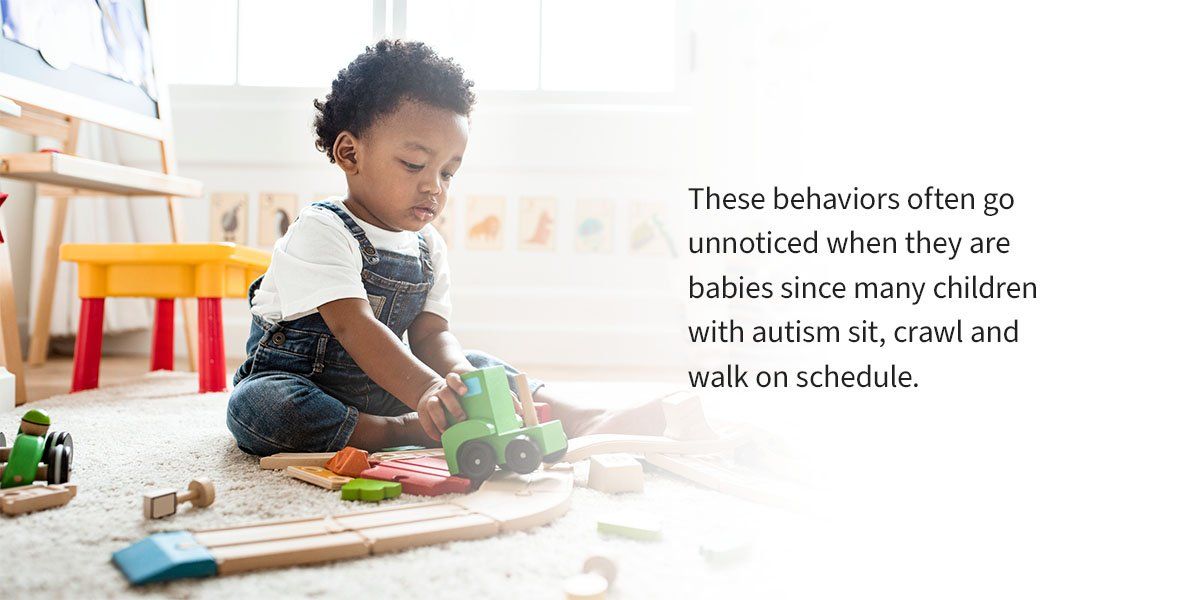
Not all children who display these early signs of autism necessarily have the disorder. A child could have many potential learning and developmental disabilities. They might also develop at a slightly slower rate or display behaviors without having autism. Parents and caregivers should track their children's development and atypical behaviors. Meet with healthcare professionals to discuss any concerns you may have, and always get a formal evaluation and diagnosis before making any decisions about a child's developmental abilities.
Sensory Sensitivities
One of the early sings of autism in children consists of extreme sensitivities to sensory experiences. They might only eat foods of a specific color or temperature and may refuse others based on texture or scent. It's more common to find food selectivity in kids with ASD when compared to typically developing children. Any significant food aversion or selectivity around meals may indicate your child is experiencing sensory difficulties with food.
Children with ASD may be sensitive to sounds, smells, lights, and how objects feel. They might get upset when they feel sock seams on their feet or hear the vacuum. Children with autism might also seek out sensations, like vibrations on household appliances, or rub objects on their faces or lips to feel them. If your child has strong reactions to specific sensations or extreme food aversions, it could be an early sign of autism.
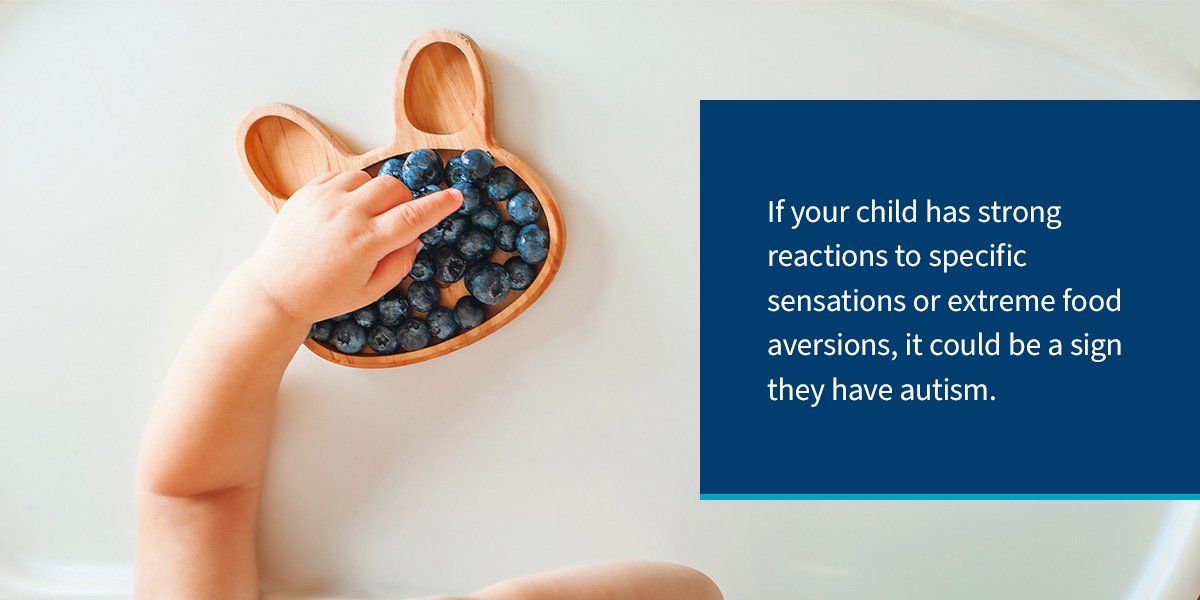
Delayed Language Developments
Children with autism may have delays in language development as they grow. Babies may not babble or might make monotone hums and noises. Toddlers might not speak at all or talk with odd rhythms and little inflection. Children with ASD may not respond to their names or will answer unrelated questions. Mixing up pronouns and showing little interest in starting conversations or continuing them are also potential signs of ASD.
Loss of Acquired Skills
It's not unusual for children with ASD to develop typically until 1 to 2 years of age and then regress. They might lose the language and social skills they previously had. Regression can also include a loss of eye contact, motor skills and social interests. While regression isn't incredibly common, verbal and social ability loss could be an early sign of autism in your child.
Communication Difficulties
Difficulties with social and communication skills are frequently seen in children with autism. Children may rarely engage with their parents or other people generally, not making eye contact, not pointing or showing objects, not gesturing on their own and not smiling without being smiled at first. Some children will repeat phrases or words said around them without understanding their meaning or may only speak in single words. Sometimes, children with autism will not speak at all, even after turning 2.
Repetitive Behaviors
Repetitive behaviors and routines are common among children with ASD. They might rock their body, flap their hands or spin around repeatedly. They may also play with toys the same way every time, like taking a doll's clothes on and off repeatedly. Children with autism might only play with the parts of a toy, like spinning wheels on cars or trains, rather than playing with the whole toy.
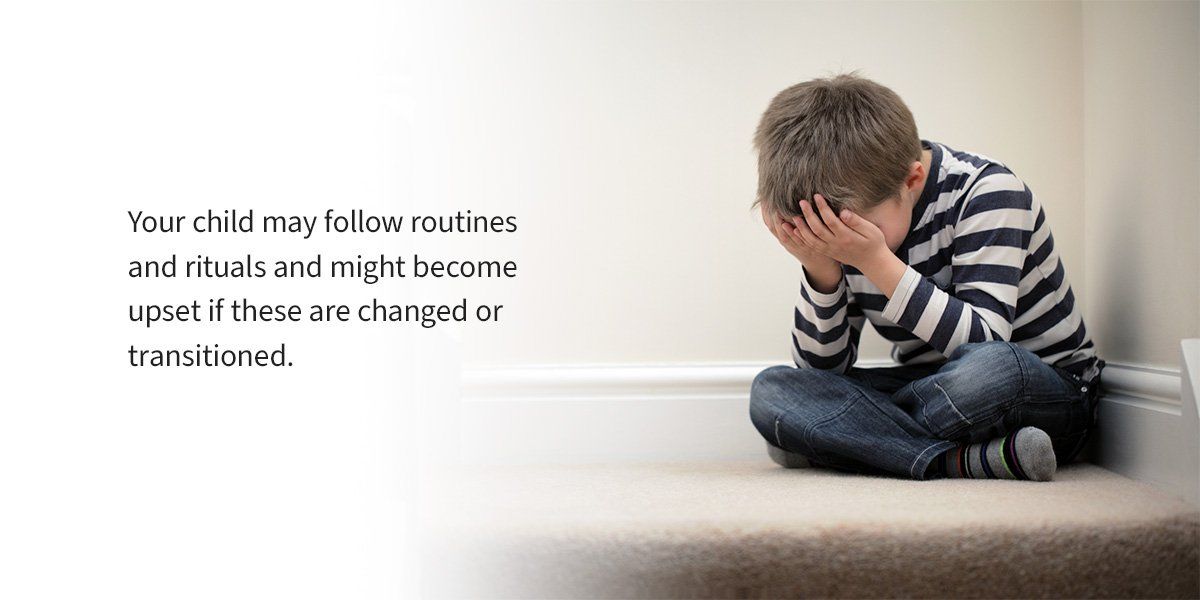
Routines are often important for children with ASD. Your child may follow routines and rituals and might become upset if these are changed or transitioned. Minor changes can cause tantrums and extreme distress in children with ASD, making it one of the most notable early signs of autism in children.
Intense Interests or Fixations
Intense fixations on shows, toys, activities and interests may be signs of autism. Your child might become obsessed with an activity and only want to do that during the day. Children may display good memorization skills for numbers, songs, letters or a specific topic that interests them. As children get older, they may only want to learn, watch or talk about their fixation and become upset if they cannot.
On the other hand, children with ASD might display a total lack of interest in social play or pretend play. They may not want to play with others, preferring to line toys up in a specific order or to be alone. They often won't start games or will show no interest in getting the attention of other children.
Early Signs of Autism
The above information includes general signs and behaviors associated with autism in children. Using them as a guide can help you spot potential delays in development commonly seen in kids with ASD. However, very young children may display slightly different behaviors. While your child is growing, you'll want to monitor their behaviors and see if they're hitting specific milestones typically for children their age. Delays are common since no child is the same, but multiple delays and continual development stagnation could be signs of ASD.
Early Signs of Autism in Babies and Toddlers
Pediatricians will screen for autism at 18 and 24 months, but parents know their children best and can spot signs even earlier. Some signs of autism can be spotted as early as 6 or 9 months, but you'll notice more patterns or delays once children reach 12 months old. For babies 12 to 24 months old, the following signs could indicate a child may have autism.
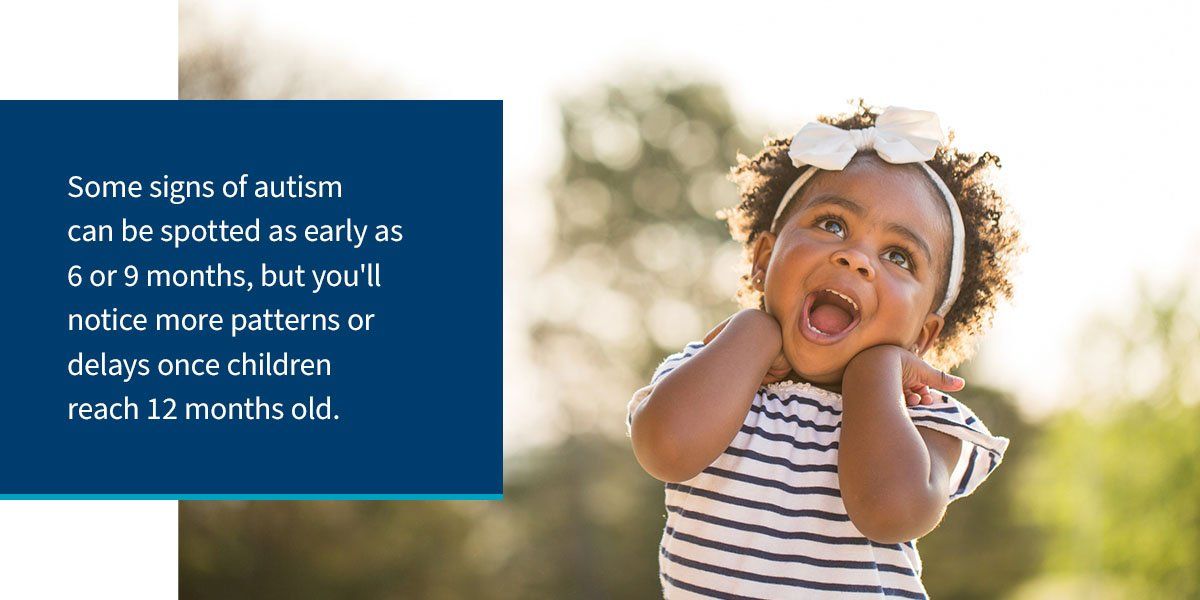
A toddler with autism might:
- Make little to no eye contact
- Have unusual facial expressions
- Babble in a monotone or unusual-toned way
- Refuse cuddling, holding or touching
- Show unusual sensory sensitivities
- Move their bodies in stiff or awkward ways
- Become highly attached to a particular object
- Seem overly fussy or agitated
A toddler with autism might not:
- Speak at all by 24 months
- Gesture or point to things
- Smile or laugh even when you smile first
- Try to gain attention from parents and other people
- Respond to their name but will respond to other noises
- Notice when others are upset or hurt
- Play simple games with others
Early Signs of Autism in Children of Preschool Age
While children are infants, it can be difficult to recognize signs of autism. After their children receive diagnoses at older ages, many parents recognize past behaviors that indicated their child had ASD. Since preschoolers with typical development show a more comprehensive range of interests, social ability, communication skills and behavioral expressions, it's often easier to notice signs of ASD.
A preschooler with autism might:
- Prefer to play alone
- Repeat specific phrases and words constantly
- Have unusual or very limited food preferences
- Harm themselves intentionally and repeatedly
- Throw temper tantrums frequently in response to minor changes
- Speak in a limited way
- Talk in an unusual rhythm or monotone voice
- Develop intense interests and fixations
- Provide unrelated answers to questions
A preschooler with autism might not:
- Show interest in other people or children
- Speak at all
- Show concern for the feelings of others
- Use pretend play, like feeding toys
- Respond to requests or their name
- Gesture on their own
- Seek out touch unless they are distressed
- Show pain or fear
- Act, dance or sing for parents
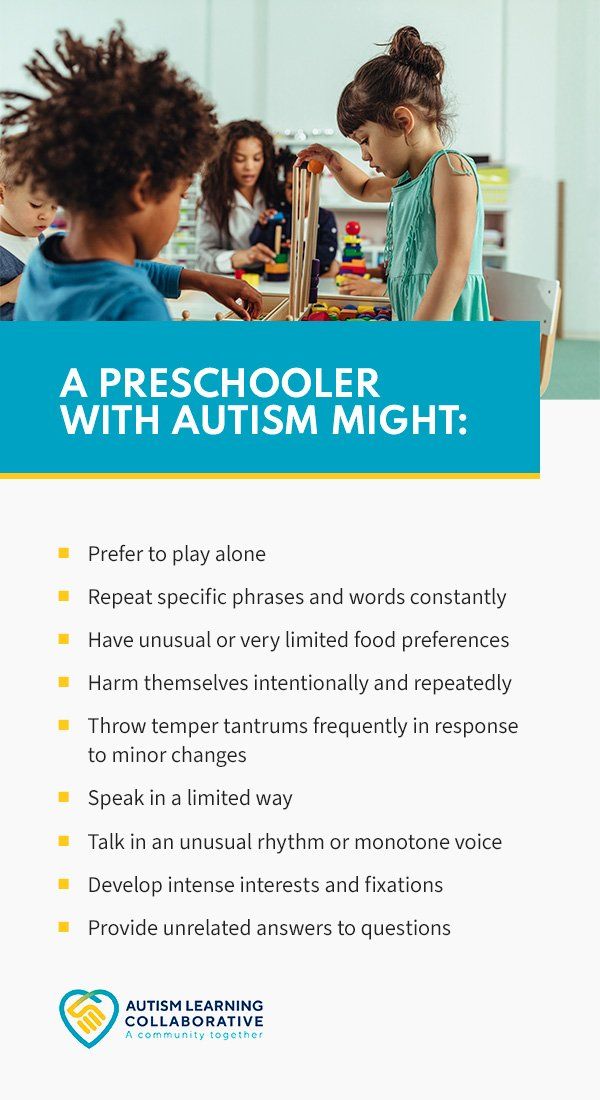
What Should You Do?
If you notice a spread of early signs of autism in your child, don't wait — schedule an appointment with your pediatrician as soon as you recognize several of the early warning signs of autism in your child. The American Association of Pediatrics (AAP) recommends screening for ASD during the 9-, 18-, 24- and 30-month visits. Additionally, general developmental screenings should occur with every health visit. Frequent screenings help catch developmental issues early, allowing families and children the maximum time and services necessary for preparing for life with a developmental disability.
If you want to check at home, you can use resources like the Modified Checklist for Autism in Toddlers (M-CHAT). The M-CHAT is a short screener designed for 16- to 30-month-old toddlers. You can use the screening results when talking to a healthcare provider, although they will screen your child themselves. At-home screening guides can only help some — you should always see a professional if you suspect your child has ASD.
Early intervention is one of the best ways to improve a child with ASD's developmental skills. Early intervention services help children develop their social, cognitive, play and communication skills to provide them with a strong foundation for independence. The earlier children receive these services, the better chance they'll learn and understand the tools necessary to help them respond better to society.
Developmental Monitoring
All parents, caregivers and families should use developmental monitoring to watch for signs of disabilities and delays in children. Developmental monitoring is an active, ongoing process where caregivers monitor a child's development and discuss it with healthcare providers to ensure they are reaching milestones. Many people with ASD go undiagnosed for far longer than is healthy due to a lack of developmental monitoring, which means that parents miss many of the early signs of autism in their children.
Parents and caregivers can use materials like the CDC's milestone resources to track child development and progress. While children receive developmental screenings through their check-ups, parents and caregivers are around more and can better see signs of delays and improvement in children. Keep track of child development and note any delays or unusual behaviors. When you visit your child's healthcare practitioner, inform them of how your child is processing and any concerns you may have.

Family history is vital for understanding the context of child development, so inform healthcare providers of any family history of physical or intellectual disabilities, learning disorders and other conditions. The more information you can provide, the better doctors and nurses can understand and treat your children.
Developmental Screening
While developmental monitoring typically occurs at home and school, screening is a more intensive process. You should have your child developmentally screened according to AAP recommendations, even if they're meeting all their milestones. Healthcare professionals will use research-backed questionnaires and checklists to evaluate your child.
If you or your healthcare provider has developmental concerns, additional screening may be done. Screening does not diagnose children but will indicate if further evaluations need to happen. If your child needs it, a formal evaluation will provide a more in-depth look at your child's development and behaviors. Formal evaluations may then tell you if your child meets the criteria for diagnosis.
Treatment Services for Children With Autism
If your child receives a diagnosis of ASD, you can look into treatments. While there is no cure for autism, treatments focus on improving individuals' quality of life and reducing interferences with their daily lives. There are many treatments, including behavioral, pharmacological, socio-relational and developmental. Your child's treatment will depend on many unique factors and their individual needs, so finding the best one can take time.

Autism treatment plans will work to fit the specific needs and goals of a child with ASD, building a personalized plan and goal series to help improve developmental and life skills. For some people with ASD, treatment will continue into their adult lives as they work on jobs, housing and employment.
After your child receives a diagnosis, life and life events will look different. Children with autism may require set routines, preparation and other assistance to help them grow. Treatments and strategies require patience, and developmental improvement will take time. Communicate with your specialists and child to help create a strong support system for children with ASD.
ABA Therapy
Applied behavioral analysis (ABA) therapy can help teach children with autism crucial skills and assist parents and children in understanding their behavior. ABA therapy programs are flexible treatment options for children with autism. These programs work with children to decrease problem behaviors and increase their developmental skills. ABA therapy often uses positive reinforcement to reward desired behavior in children with ASD, which leads to behavioral change over time. These programs may be delivered in-clinic, in-home, in-school, or via telehealth, giving parents a range of options in treating their child.
ABA therapy works with parents and children on recognizing antecedent, behavior and consequence (ABC) data. The ABCs create a pattern of recognition and awareness to help children and parents replace inappropriate behavior. The three steps involve:
- Antecedent: An antecedent is what happens right before a behavior. It can come from anywhere, internally or externally, and can be a thought, a sound, a request or a physical object or sensation.
- Behavior: The behavior is the response or lack of response to the antecedent. A behavior could be something verbal, an action or another reaction.
- Consequence: The consequence is what happens right after a behavior. This could be positive reinforcement to show encouragement or a lack of reaction if a behavior is inappropriate or incorrect.
Parents and caretakers can also use the ABCs to understand why a child behaves a certain way. Different consequences can reinforce correct or incorrect behavior and influence how children respond to situations in the future. Learning the antecedents that influence negative behaviors in children can help parents avoid stress and upset in their children.
While parents and children will put ABA therapy techniques into action at home, a board-certified behavior analyst will work with the family to teach these skills and techniques. Parents should always work with professionals to help develop their children's skills in healthy, constructive ways.
Get Early Autism Support With the Autism Learning Collaborative
At Autism Learning Collaborative, we believe in success, one skill and one child at a time. We are dedicated to assisting children in achieving their fullest potential. Our expert team provides professional, tailored care to create a program that meets your child's unique goals. We understand that every child is different — that's why we offer in-home, center-based, telehealth and school services to give your child the care they need.
Our comprehensive ABA therapy services assist children in developing behavioral strategies, social and motor skills, communication abilities and more to set children up for success. We offer special events to provide families with autism resources for support and information on autism. If you're looking for professional, child-focused autism treatment, schedule a free tour with us today!
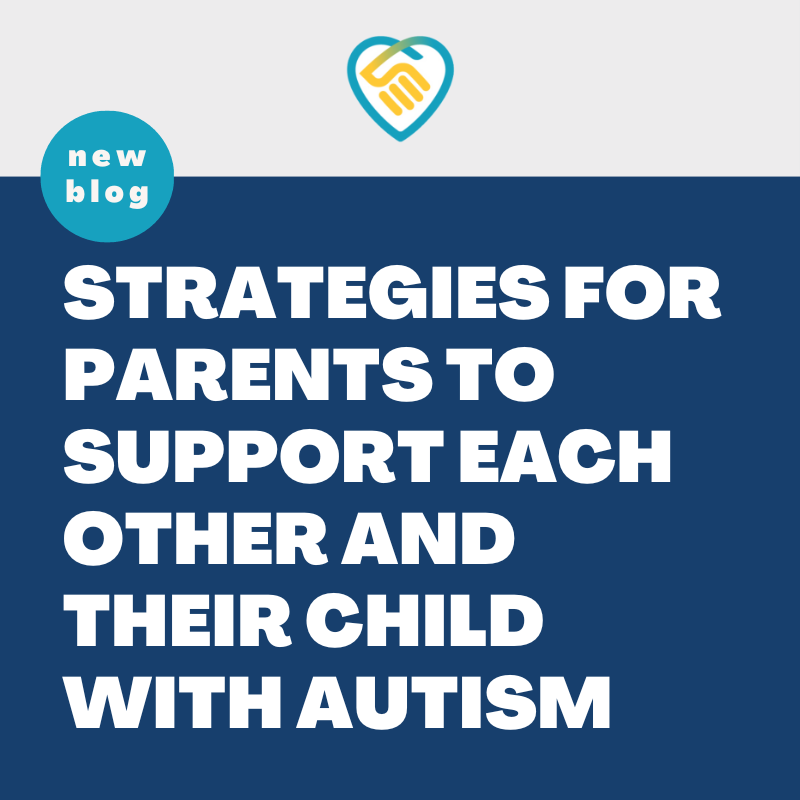
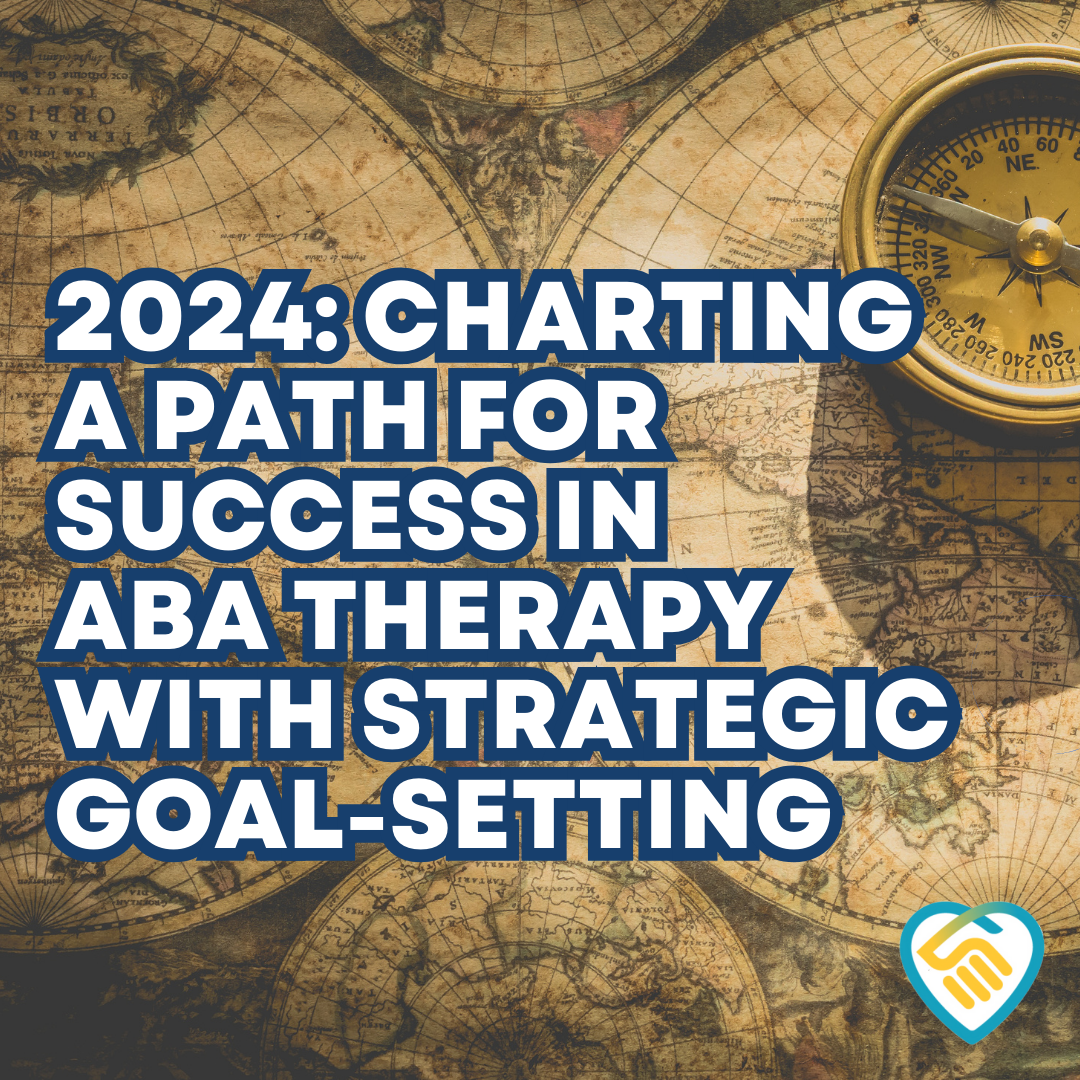
CONTACT US
Toll-Free: 844-743-6506

